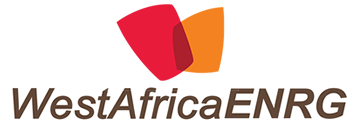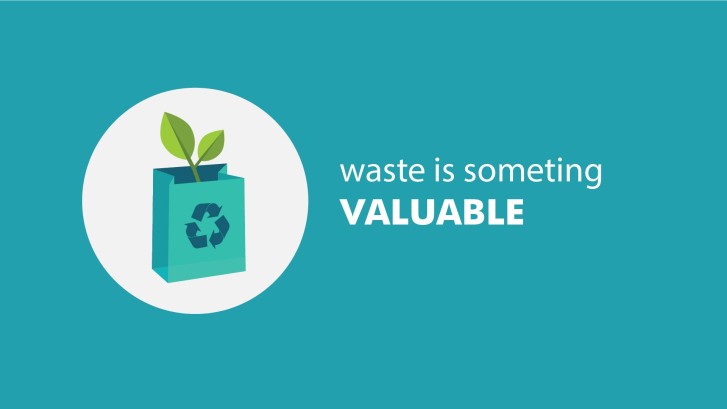Earlier this month I attended the 2016 executive sustainability forum and had the pleasure of listening to Jim Fish – Executive Vice President and Chief Financial Officer of Waste Management. In his presentation Jim discusses the circular economy and the current state of recycling. The presentation is an honest and straightforward discussion about recycling. Here is the brief synopsis of his presentation:
Currently Waste Management is the largest residential recycler in the world. They have invested more than $1.5 billion into their recycling infrastructure – in past years they were investing $300-$400 million each year. With this amount of money invested, it is in Waste Management’s best interest to see recycling thrive.
Unfortunately, we are in a crisis with the current state of recycling. This is due to several factors: commodity pricing, quality of collection and changing packaging trends. We are now in the fourth year of low commodity prices, which directly jeopardizes the profitability of recycling. The quality of recycled materials has decreased due to single stream recycling infrastructure where consumers place up to 30-40% non-recyclable materials into the blue bin. And considering that most recyclable products are related to packaging, the trend toward non-recyclable flexible packaging is replacing packaging that was previously recyclable. So while flexible packaging is a winner from an environmental standpoint because it is light weight, energy efficient and uses much less resources to produce, it is not recyclable.
Each of these factors contributes to the current crisis and as the largest recycler Waste Management has an interest in solving the crisis. They also have a unique position because Waste Management is both the largest landfill owners/operators and the largest recycler which makes them the key to solving the recycling crisis. When they fix recycling for Waste Management, they fix it for the entire industry.
As a business, Waste Management cannot continue to invest in recycling with a hope that markets will improve. While they have invested over $1.5 billion dollars into recycling, today that is nearly non-existent. They must adapt to the changing market.
The recent trend pushing the belief that recycling everything is the end goal has caused some companies and communities to establish zero waste, landfill diversion and zero landfill goals without consideration of the environmental impacts. Some materials have a larger greenhouse gas footprint by recycling rather than landfilling. Reaching total diversion goals will be difficult to achieve due to the issues going on with the recycling industry and may cause unintended consequences.
Jim closed his presentation with some thought provoking questions.
What is the end goal? Are we trying to reduce greenhouse gases or simply looking to recycle everything? There is a cost to achieving any goal. In this case it may be an environmental cost as well as an economic cost.
What if instead of a goal to recycle everything, we focus on greenhouse gas reductions? When we do this we focus on recycling the right things – those that make a real difference.
There are various facts and assumptions that are out there. It will be good to identify how to make recycling environmentally and economically sustainable. We need to make recycling sustainable for the future – focus on recycling the right materials, set realistic goals and not try to recycling everything – this just leads to higher costs without the added benefit.

